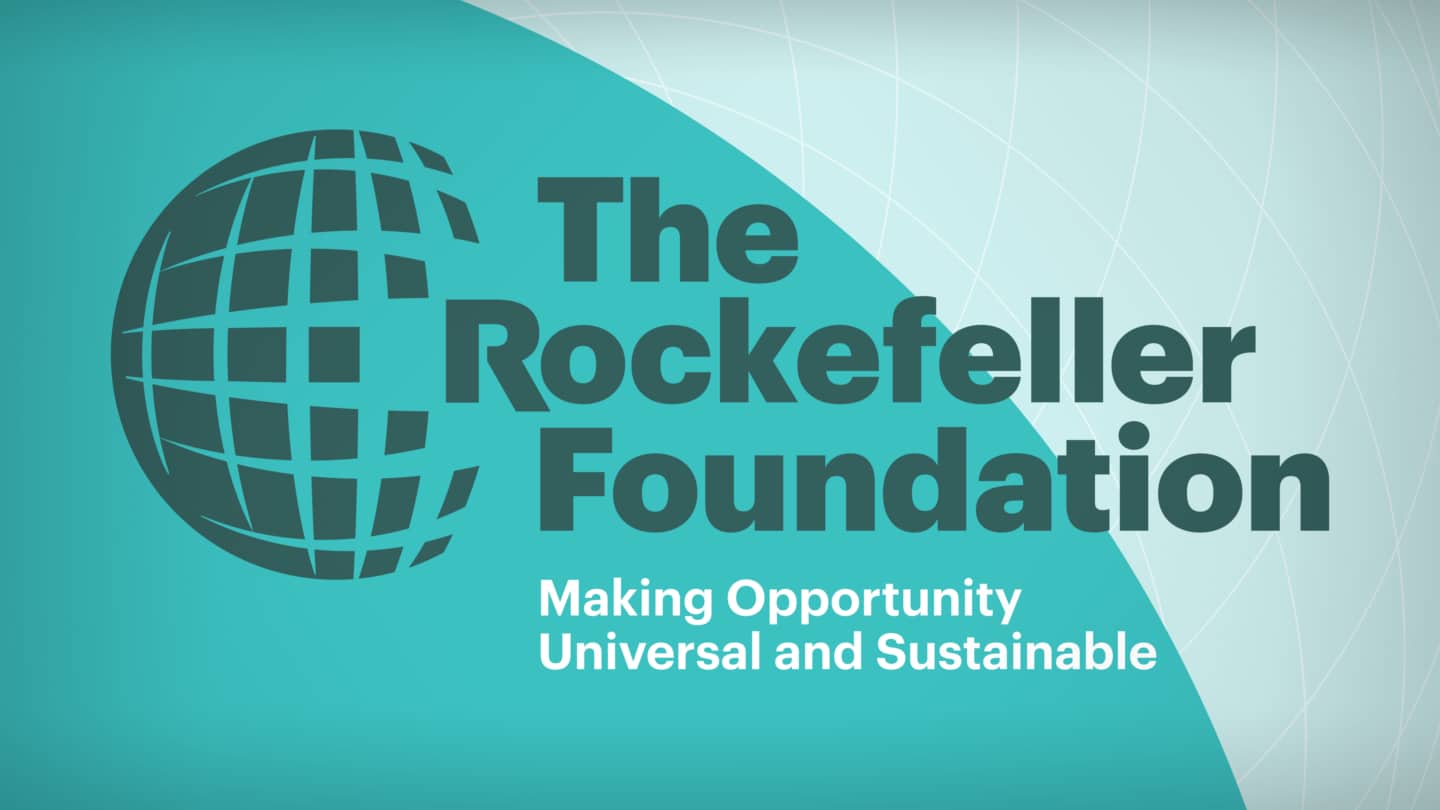Key Takeaways:
- Commitment to Net Zero: The Rockefeller Foundation aims for a net-zero greenhouse gas (GHG) emissions endowment by 2050, aligning with the 2015 Paris Agreement goals.
- Historic Step: This move makes it the largest private U.S. foundation to target a net-zero endowment, leveraging its approximately USD 6 billion endowment.
- Strategic Shift in Investment: The Foundation's commitment includes divesting from fossil fuels, a policy initiated in 2020, and investing in climate solutions.
- Guiding Principles: The strategy focuses on real-world change, a pragmatic approach, continuous learning, accountability, and leading by example.
- Broader Impact and Collaboration: Alongside financial strategies, The Rockefeller Foundation will convene investors and experts to foster broader collaboration towards net-zero goals.
Ahead of the United Nations Climate Change Conference (COP28) in Dubai, UAE, The Rockefeller Foundation has announced a significant shift in its approach to managing its endowment. With a commitment to achieve net-zero greenhouse gas (GHG) emissions by 2050, the Foundation sets a precedent as the largest private U.S. foundation to embark on this journey. This initiative is part of a broader effort to contribute to global decarbonization, which is crucial for meeting the objectives of the 2015 Paris Agreement.
Dr. Rajiv J. Shah, President of The Rockefeller Foundation, emphasizes that this strategy aligns the Foundation's financial assets with its mission to promote global well-being and lower emissions. This shift complements the Foundation's billion-dollar commitment to advance global climate transition and its aim for net-zero emissions across all operations.
The Rockefeller Foundation, established in 1913 with an original endowment of $100 million from John D. Rockefeller, has a long history of philanthropic investments. Over the past 110 years, it has invested $26 billion in various initiatives. The current policy builds on its 2020 commitment to divest from fossil fuels and refrain from future investments in this sector.
Five core principles guide the Foundation's new endowment strategy. These include prioritizing tangible change by focusing on scalable solutions to reduce carbon emissions, adopting a pragmatic approach that maximizes impact, continuous learning and collaboration with investment partners, maintaining transparency and accountability, and leading by example through convenings and partnerships.
Chun Lai, The Rockefeller Foundation's Chief Investment Officer, highlights the importance of collective action for achieving net zero. The Foundation will encourage fund managers to engage in emissions reduction plans and invest in climate solutions, using its influence to foster wider adoption of net-zero practices among investors.
This policy aligns the Foundation's internal investment strategy with its external commitment to spend over $1 billion on global climate transition in the next five years. It also includes steps toward achieving a net-zero standard for its facilities worldwide. As part of this initiative, The Rockefeller Foundation has completed an accounting of its carbon footprint, revealing an annual emission of approximately 12,000 metric tons of GHGs.
The Rockefeller Foundation continues to be a pioneering philanthropy, focusing on collaborative partnerships in science, technology, and innovation. It aims to promote well-being and create universal, sustainable opportunities by advancing global climate transition and mobilizing collective action across essential systems like energy, agriculture, health, and finance. For more information, the public can sign up for their newsletter at rockefellerfoundation.org and follow their updates on social media.
Image provided by the Rockefeller Foundation


